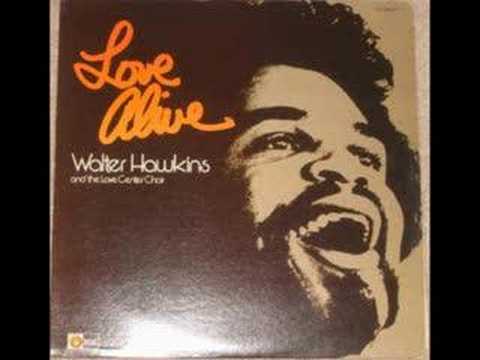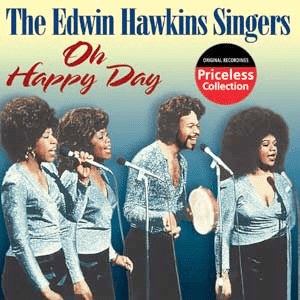What is Gospel Music?
Gospel music is considered to be a genre of Christian music and is typically used as a form of religious expression. It is, dominantly, associated with black oral traditions, and usually features a call and response, with the lead singer singing a verse and the chorus either repeating the verse or slight variations. Gospel music roots from traditional hymns and other sacred songs. It was mostly done a capella in the past, but modern gospel often features an instrumental with several vital instruments, including the organ, the piano, and others.

A family who is most famous for their gospel songs are The Hawkins family, who has composed, sung and arranged some of the most famous gospel songs in the modern century. The Edwin Hawkins Singers, a contemporary urban gospel group led by Edwin Hawkins, recorded “Oh Happy Day,” which happened to become a crossover hit on gospel radios and other charts alike. However, Walter Hawkins left the Edwin Hawkins Singers in the early 1970s to establish the Love Center Church in Oakland, California. It was here, “Goin’ Up Yonder” became popular, with lead singer Tramaine Hawkins leading the chorus. These two songs have become a staple of the black gospel community.
"Goin' Up Yonder"

The Hawkins family has released a string of hits, but among there songs, this one is my favorite. In theory, this song is a joyous one, with Tramaine (the main singer) reaffirming her faith and knowing that she is going to heaven when her time comes. Personally, I find the song a little sad, just because it means you’re leaving your loved ones behind.
There is much repetition and call and response in this song, as is the case with “Oh Happy Day,” but there’s also an irony that is unmatched in many gospel songs. The lyrical content deals with death from a different perspective. Instead of loathing or fearing it, it is embraced and welcomed as a part of life.
This song is not listed in the Songs of the Century, which I find odd, as I would argue it deserves its place there more than “Oh Happy Day.” Perhaps I am impartial, but the way the topic of death is approached in this song is brilliant and gives someone a sense of solitude during their end times. Even though things may be scary, the Lord is there with welcoming arms to show you around his kingdom. There’s a lot of power with that statement, and that’s why I love this song so much.
"Oh Happy Day"

“Oh Happy Day,” carries a simple message: Jesus, on this holy day, washed my sins away. With no past transgressions, now this said person can live life to the fullest contently. I like this version, as I get more of the soul in the song and actual “happiness.” The Sister Act version is good too, especially the high note towards the end, but their cover doesn’t wow me like the original song.
This song has much clarity, unlike “Goin Up Yonder.” I find the sound quality better, which is surprising given the modest equipment used to capture their voices. This song also has a fluctuating atmosphere. First, it starts muted, with the lead singer Dorothy Combs Morrison sings her verses and the chorus follows behind her quietly. However, this then leads to a loud chorus and a fully heard chorus, before returning to their muted sound.
I was surprised to find out clergyman Phillip Doddridge, a minister, and well-known hymnwriter wrote the song. Yet, what The Edwin Hawkins Singers were able to do with the song, twist it and make it their own, amazes me to this day. It’s such a simple structure, but it strikes a chord for the audience, so much so that this song is considered a staple in the music community and has been recorded by several artists.
Personal Opinion
Though I do not listen to much gospel music, the two songs are some of my favorite gospel songs. But, the stylistic music changed in popular music have made its way to gospel, and I am not sure if I particularly care for them. For example, the introduction of trap music to gospel baffled me. I understand that musicians are trying to make it so that everyone can listen to God’s word, but I feel like it will take some getting used to on my part.

That being said, I am mainly adamant on the message of the music not changing. Gospel can be integrated into many genres, as seen in Queen’s “Somebody to Love,” but as long as it doesn’t deviate too far from its original holy message, I have no quarry with the stylistic changes occurring.
Sources
W. K. McNeil (2013-10-18). Encyclopedia of American Gospel Music. Books.google.co.uk. p. 115. Retrieved 2019-02-05.
“The Edwin Hawkins Singers – Oh Happy Day / Jesus, Lover Of My Soul – Buddah – UK – 201048”. 45cat.com. 1969-05-17. Retrieved 2016-02-05.


